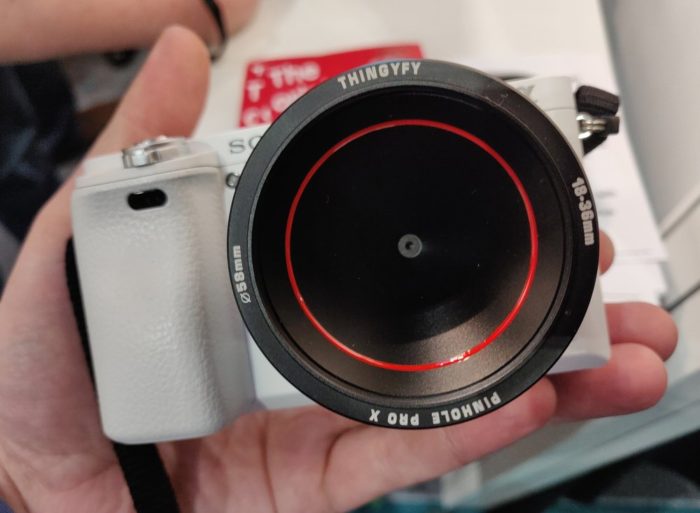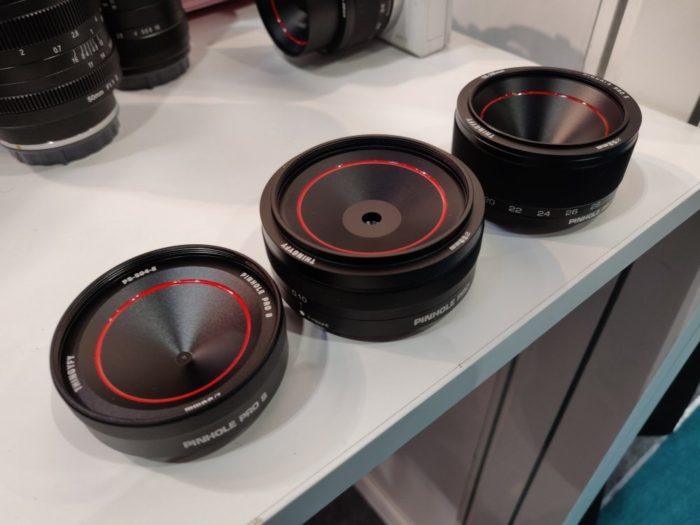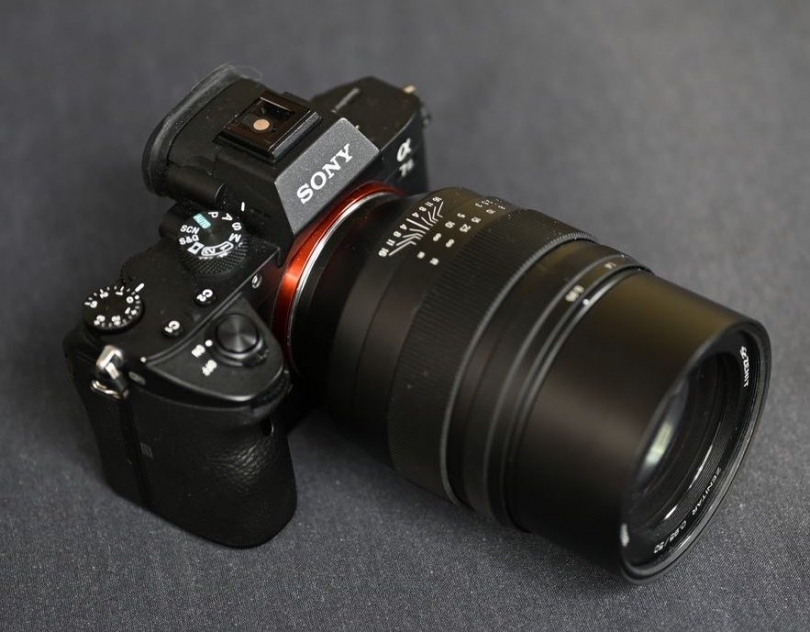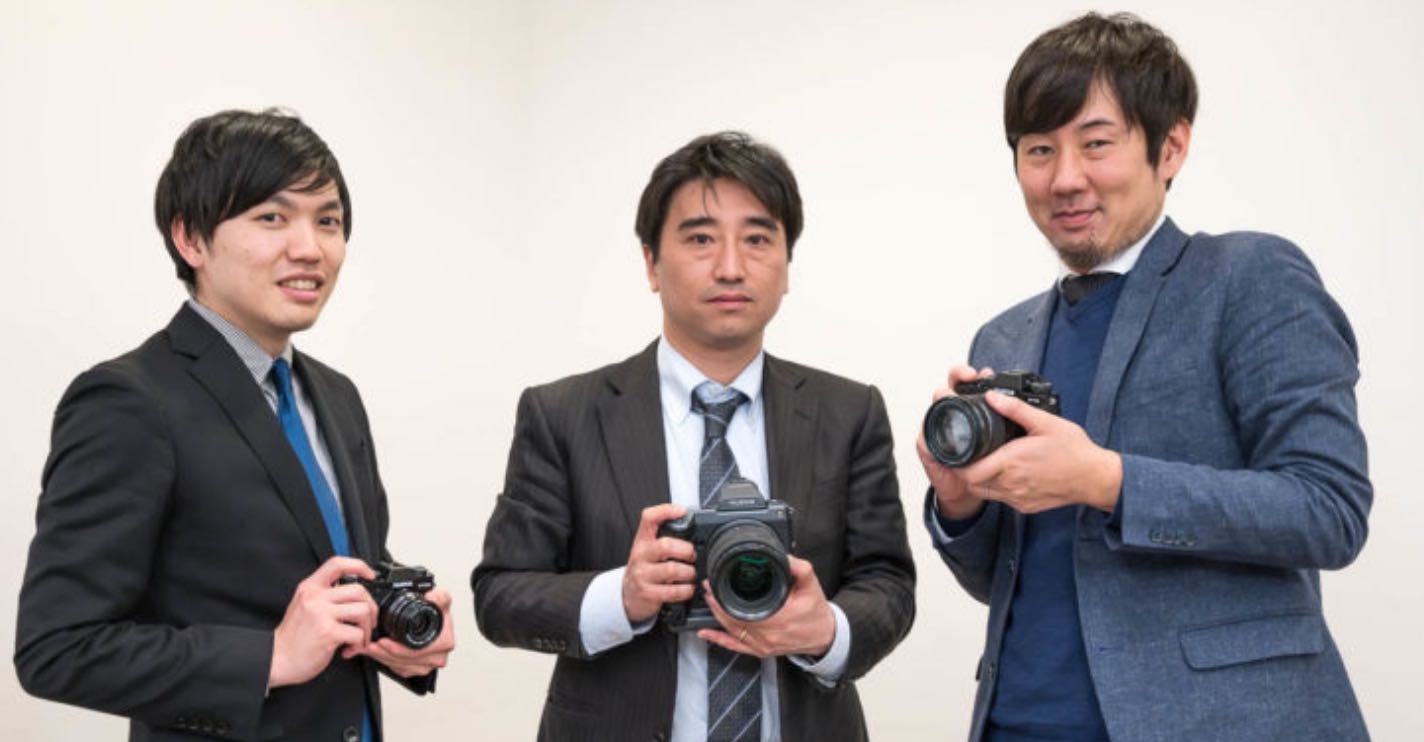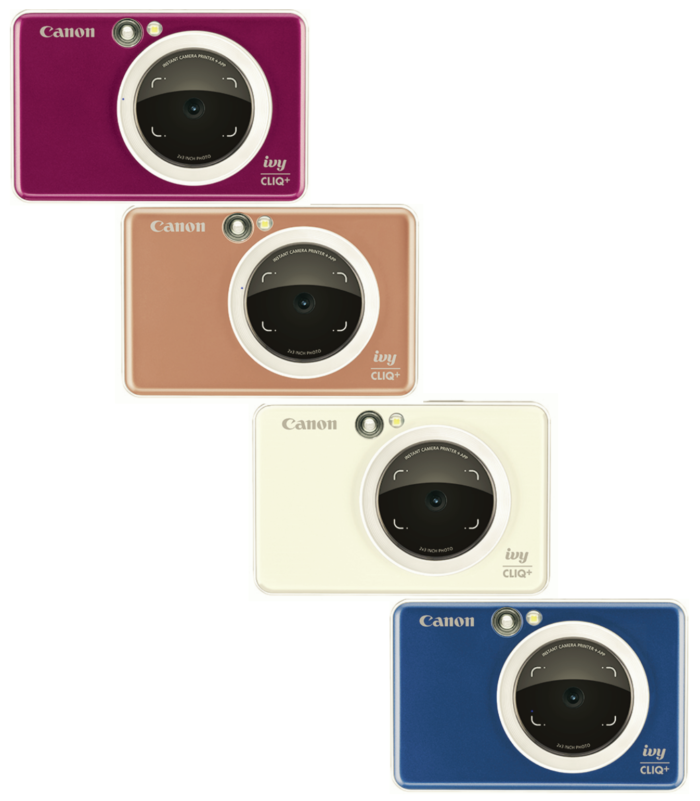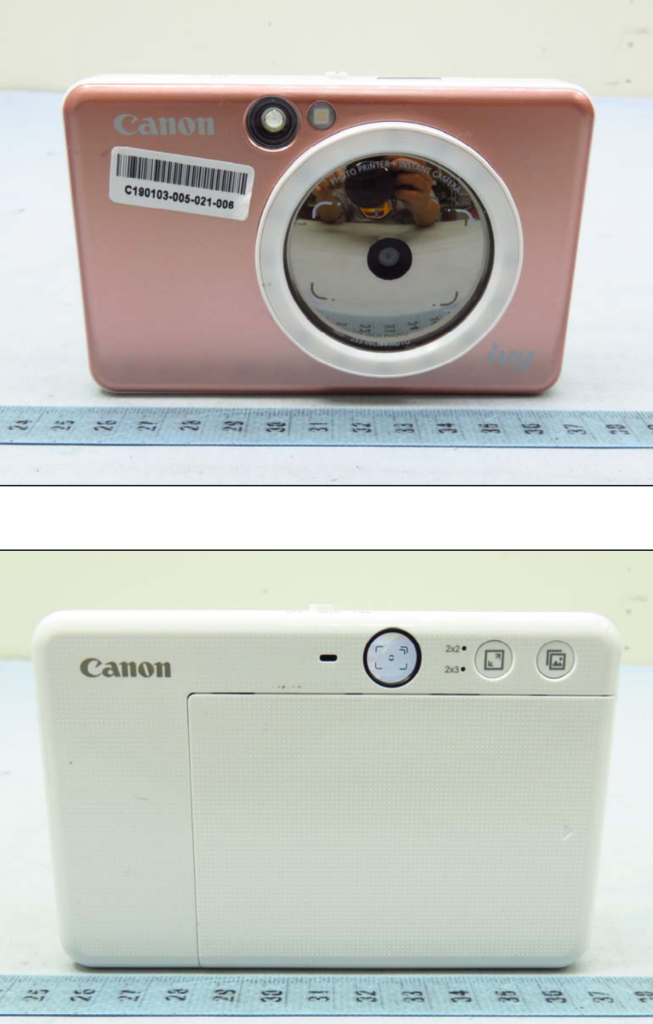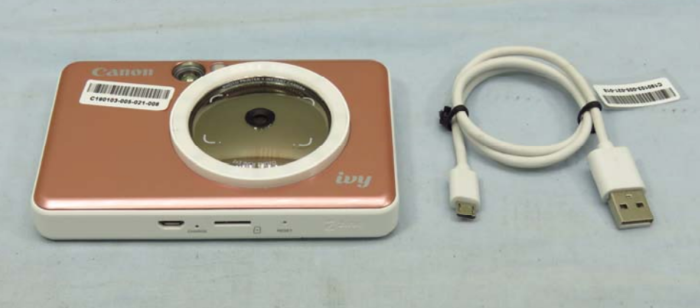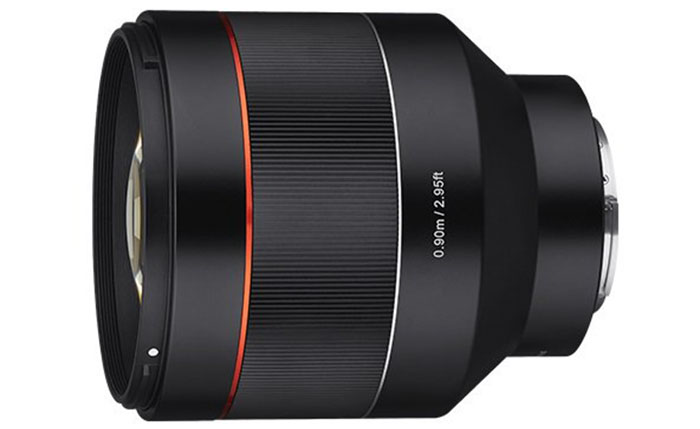Fuji says Canon is wrong and the ILC market is not going to contract by half over the next two years
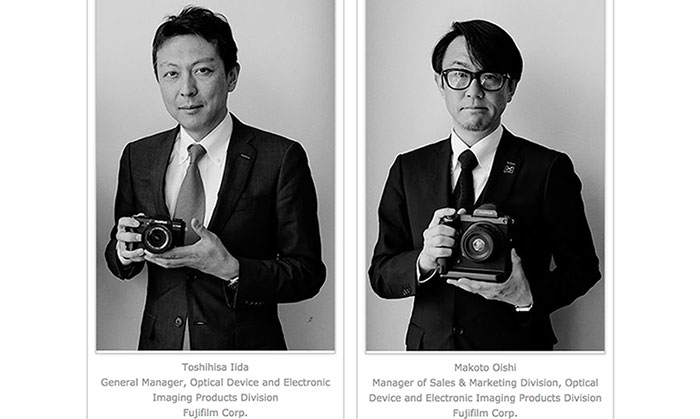
Imaging Resource interviewed Toshihisa Iida and Makoto Oishi from Fuji. Fujirumors as usual did a superb job making a quick summary of the news that matters:
Market Future & Canon Predictions
- Fujifilm totally disagrees with Canon’s prediction, that ILC business is going to contract by half over the next two years
- Market will depend on innovation that will come
- Fujifilm believes there is room for further grow
- Some markets will decline, but other markets have still potential to grow (Asian market)
Full Frame
- Customers should have different options
- Currently full frame has 1/3 of the market by value
- 2/3 of market is predominantly APS-C, Micro Four Thirds, and some medium-format
- other manufacturers focus on full frame, this might open opportunities for Fujifilm as long as they keep up innovating APS-C and MF
- mainly X-T3 and GFX 50R helped Fujifilm to grow by 10% total volume growth
- APS-C vs FF is not just about sensor size, but also the lens size, lens weight, overall cost, or the speed, the 4K movies
- people judge the system more on the overall package
Fujifilm X-T3 vs X-H line
- sold better than expected
- Fujifilm X-T3 sold 40% better than X-T2 if you compare to same period since launch
- X-T3 and X-H1 have cannibalized each other
- with the new lower X-H1 price tag, X-T3 and X-H1 sit nicely next to each other
- H-series and T-series will coexist for the future, but we need to clearly differentiate the lineup without confusing customers
Lenses
- XF200mmF2 is not only for sports, but also for portraits for very creamy bokeh and concerts for example
GFX System
- Fujifilm GFX 50R sales are above expectation and factory is very busy
- Fujifilm GFX 100 design is almost final, very early firmware, and IBIS still does not work
- GFX 100 megapixel autofocus: same sensor structure as the X-T3
- GFX 100 has almost zero competition, because FF is only at 50MP and other medium format cameras are very expensive
- Fujifilm thinks at multi-shot high-res shooting mode for GFX100, but has not decided yet
- designing IBIS is a real challenge for big MF sensor
- Fujifilm has no idea about how many stops IBIS they will achieve [FujiRumors leaked internal press sheets that show they aim at 5 stops]
- Fujifilm is still improving image quality via firmware
- GFX100 launch in first half 2019 for around $10,000
- Fujifilm GFX 50S most popular lens is the GF 32-64mmF4
- Fujifilm GFX 50R most popular lens is the GF 45mmF2.8
- GFX 50S owners have more lenses than GFX 50R owners
- GFX owners complaint about the lack of more fast lenses for the system and Fujifilm is taking into consideration their feedback
- Fujifilm listens to customers and tries to make their wishes happen, but sometimes their wishes become reality is very difficult and challenging
- As bright as possible, as small as possible, as affordable as possible…
- same team works on GFX and X. One R&D budget and depending on needs they are flexible to shift their focus
Autofocus
- X-T30 has improved algorithm which will come to X-T3
- CMOS sensor is always reading by lines. So it isn’t very suitable for horizontal phase-difference […] technically we can make a cross-type system but normally, subjects are more… and horizontally-arranged PDAF pixels support them better
- Fujifilm could do vertical AF correlation, but hasn’t felt the need to do it
- 8% of pixels are phase detection pixels (high density), good for low-light and high-frequency subjects
- signal and phase pixel are read separately
- we used to have like 60 regions within each AF point, but now 240
- depending on the light level, the X-T3 can “bin” PDAF pixels together (basically just adding their contents) to get a better signal/noise ratio, and so be able to determine focus even in very dim lighting. Depending on how you do this, you’ll trade-off some ability to see the finest details, but it can really help in very low-light conditions
